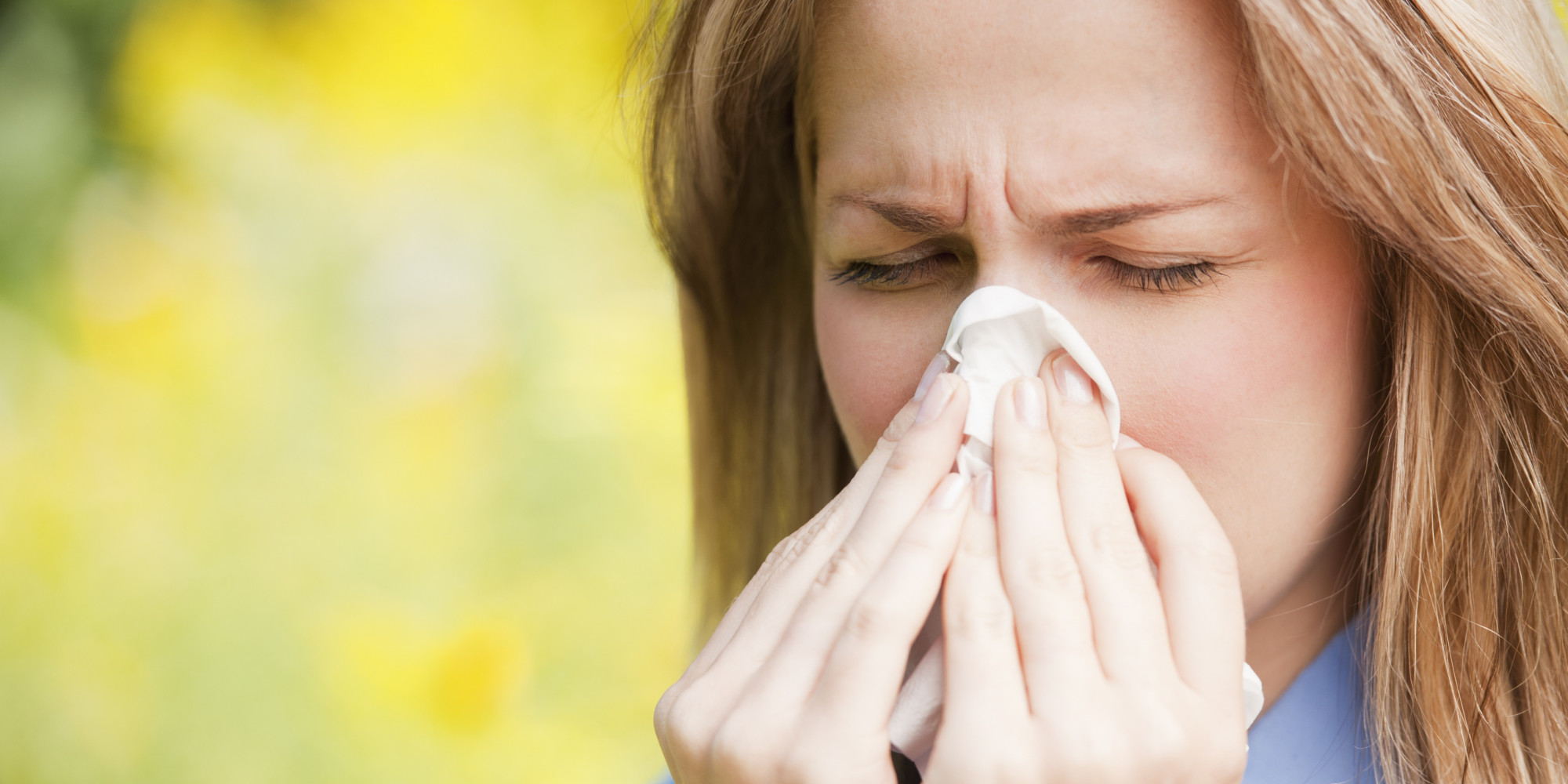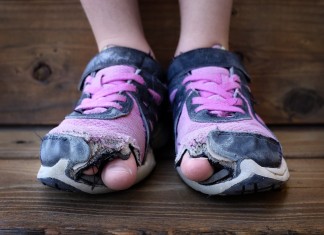Fighting Allergies and Asthma with Exercise …

Winter is (finally) waning, but while we’re recovering from the wrath of colds and flu, the hay fever season is fast approaching. It’s common for people to blame sniffles and sneezes on allergies when in fact it may really be a cold; it usually isn’t until later, when your entire family is coughing and congested, that it becomes apparent that you’ve all gotten sick. According to the National Institute of Allergy and Infectious Diseases, here are some easy differentiators: Allergies are not accompanied by a fever, aches, and overall body pain. A cough and sore throat are occasionally found with allergies, but almost always appear with a cold.
Does Exercise Help Allergies?
Regular physical activity helps to decrease allergy symptoms by improving blood flow in your body, which promotes the removal of allergens. The most common allergy symptoms that make us feel so miserable include itchy eyes, runny nose, fullness in the ears, pressure in the sinuses and overall fatigue. Although you can’t exercise away your allergies, working out regularly can certainly minimize your symptoms because the improved blood flow that results from exercise helps to prevent the delicate tissues surrounding your nose, mouth and lungs from being inflamed. The best part is that the exercise doesn’t have to be intense or challenging – all you need to do is just get your blood pumping!! Try not to overexert yourself, though, because that may actually aggravate your symptoms anyway.
How to Work Out When You Have Allergies
To start with, don’t forget to warm-up. The American Academy of Allergy, Asthma & Immunology indicates warm-ups help reduce allergic symptoms. Spend approximately ten minutes stretching and boosting cardio for full benefit.
Consider using decongestant, antihistamine, saline spray, or neti pot prior to your workout. For those with asthma, the use of an inhaler might be necessary. This will aid in clearing the nose to help with breathing during exercise. Nose breathing warms and filters air and prevents a dry, sore throat. It also acts as a purifier to remove allergens, irritants, and pollutants from entering your lungs and bronchial passageways
If you are planning to exercise outdoors, take note of your surroundings. For someone allergic to weeds and grass pollens, stay away from open fields. If you suffer from molds, avoid walks around bodies of water like lakes. Try wearing a mask to filter pollen and pollution for those outdoor walks. Sunglasses protect eyes from airborne allergens as well as ultraviolet rays. Check the daily pollen and mold counts for your area (easily found at www.weather.com). Don’t schedule outdoor activities around the peak times that allergens circulate.
Avoid outdoor excursions on hot, windy days, which literally blow countless allergens through the air. Beware of thunderstorms; asthmatic reactions tend to peak after these for some sufferers, according to research based on hospital emergency room treatments. Avoid exercising around factory fumes and car exhaust. Pollution can trigger or exacerbate allergy symptoms. Stay well hydrated while exercising, especially when taking allergy medication, which can cause dry mouth, or if you’re breathing through your mouth instead of your nose.
Aquatic exercise, through both classes and training, provides an ideal workout environment for allergy sufferers. The humid, warm air helps clear sinuses and is gentle on lungs. Those with allergy and asthma accomplish an exhilarating exercise program without triggering symptoms. Unless you have a specific allergy to chlorine, taking a dip might clear the air.
Focus on exercises like Yoga and Pilates that promote proper breathing. Perform workouts that strengthen your heart and lungs. Resistance training and stop-and-go forms of exercise are preferred, especially if you suffer from asthma. Be careful, though, because extreme an cardio routine can aggravate asthma.
It is also important to remember that most people are allergic to dust mites, pet dander, seasonal triggers, and insect bites. A clean, filtered environment allows an allergy-free workout every time. Working out in a controlled environment and temperature also reduces the likelihood of extreme allergic reactions common to hot weather workouts, such as exercise-induced anaphylaxis.
After a workout, hit the steam room or indulge in a steamy shower followed by cooler water. This temperature shift further loosens mucus in the sinuses and bronchial tract for the ultimate cleansing breath. Although millions suffer from allergies every day of the year, you don’t have to sacrifice your workout. With the right fitness program, you can feel your best and maybe even minimize your sneezes.
As always, check with your doctor about what might be best for you.
Until next time, keep on moving.
Source:









